Why do we need cybersecurity?
Although it sounds very futuristic, cybersecurity is something that is now part of everyday life as more of our day-to-day activities and pastimes move online. Everything from banking to shopping, dating and food delivery happens online.
The pandemic caused a huge boom in people switching from cash to contactless payments. This has transformed the payments landscape as we knew it, giving rise to millions of people adopting a mobile wallet as their preferred payment method.
This new era of payment technology is in general considered safer than physical cards and cash. However, it does come with its own array of security issues.
How does my mobile wallet protect me from cybersecurity threats?
Your mobile wallet uses many defences against threats but one of the key security features when using a mobile wallet is that when you make a transaction it is not your card details or bank account number that is released to the merchant but a single use code that is then used to process the payment. This makes it impossible for your payment details to be intercepted by a hacker during a transaction. This is made even more secure if you use single use virtual cards.
All personal data held within your mobile wallet is encrypted to ensure its safety and prevent any fraud against your cards and accounts.

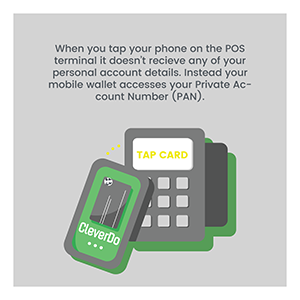
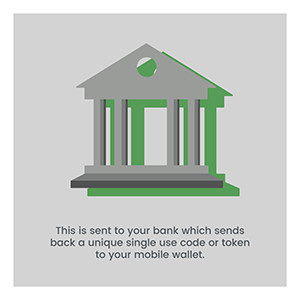
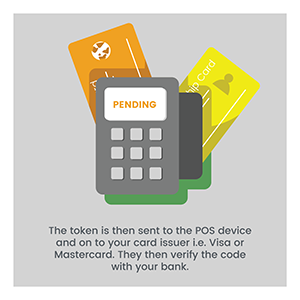
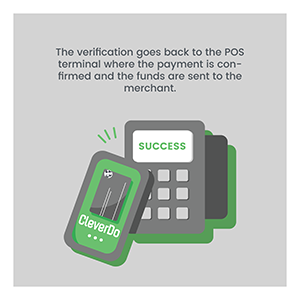
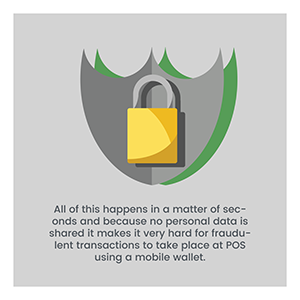
How a mobile wallet keeps you safe
Near Field Communication (NFC) and tokenization
When you tap your phone to the POS terminal your mobile wallet provider accesses your Private Account Number (PAN). Instead of sending your PAN to the POS device, they contact your bank for a unique code.
This process is called tokenization. The token is then sent to the terminal via your mobile wallet.
From there the token is sent to the card issuer, for example, Visa or Mastercard. They will then confirm with your bank that this information is correct and request that payment be sent to the merchant.
At this point you will receive confirmation that the payment has been made successfully.
All of this happens in a matter of seconds and none of your personal data is stored on the POS device.
Two step verification
This process adds an extra level of security when accessing your mobile wallet. It can consist of:
Passwords – Normally a password of your choice confirmed on registration with your mobile wallet provider.
PIN numbers – These are normally a 4 to 8-digit code issued by your provider but can often be changed at a later date to a combination of your choosing.
OTPs (One Time Passwords) – OTPs are generally a single use 4-digit security code sent to you either by email or SMS
Security questions – Some providers will ask you to choose a number of security questions when you sign up. They are based on personal information such as where you were born, your first pets name etc.
Biometrics – This is becoming more popular as more devices have the capability to process finger print authentication. Many financial apps and other apps storing sensitive data use facial recognition to authenticate payments or even to access the app.

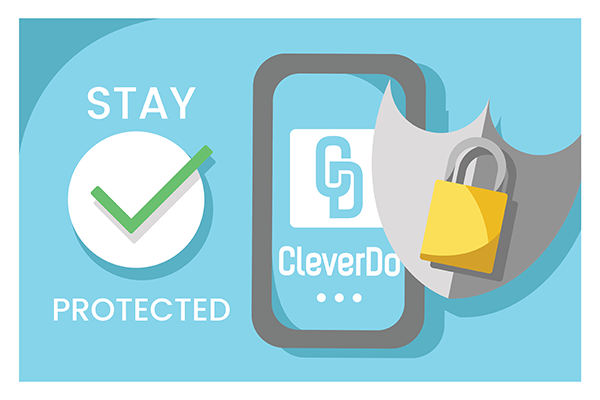
Recent Comments